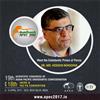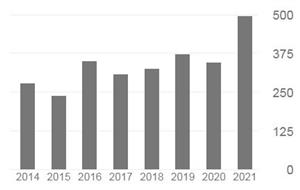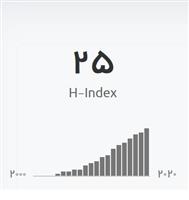The Effect of Various Mixing Techniques on the Surface Microhardness of Mineral Trioxide Aggregate
Aim To evaluate the influence of various mixing procedures including ultrasonic vibration, trituration of customized encapsulated mineral trioxide aggregate (MTA) and condensation on the Vickers surface microhardness of MTA.
Methodology ProRoot MTA Original, ProRoot MTA (white), MTA-Angelus (grey) and MTA White Angelus (white) were prepared using several mixing techniques including ultrasonic vibration, trituration of customized encapsulated MTA and conventional condensation. Twelve experimental groups (four materials: three techniques) were evaluated, each with 35 samples. All samples were incubated after preparation and subjected to Vickers surface microhardness testing after 4 and 28 days. Data was were subjected to a two-way anova.
Result: At 28 days, the surface microhardness value was significantly greater for all experimental groups compared to 4 days after mixing (P < 0.00001). The application of ultrasonic energy to MTA produced significantly higher surface microhardness values compared to the other mixing techniques at both 4 and 28 days (P < 0.0001). However, no significant difference existed between condensation and trituration techniques at both time intervals. Regardless of the mixing technique employed, a significant difference (P < 0.0001) was observed in surface microhardness value between all types of MTA apart from between Angelus grey and ProRoot white at both 4 and 28 days, both of which produced the highest values.
Conclusion: Compared to trituration and condensation techniques, the application of ultrasonic energy to MTA produced a significantly higher surface microhardness value at both 4 and 28 days. Irrespective of mixing technique, ProRoot white and Angelus grey had the highest surface microhardness values. Trituration of encapsulated, premeasured MTA and water provides a standardiszed method of mixing that produces MTA slurries with more controllable handling characteristics.














